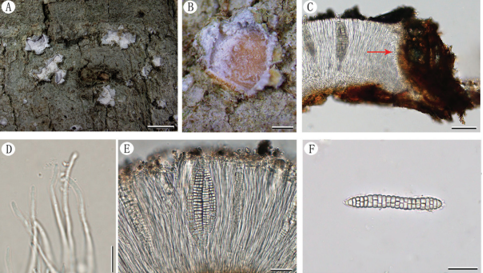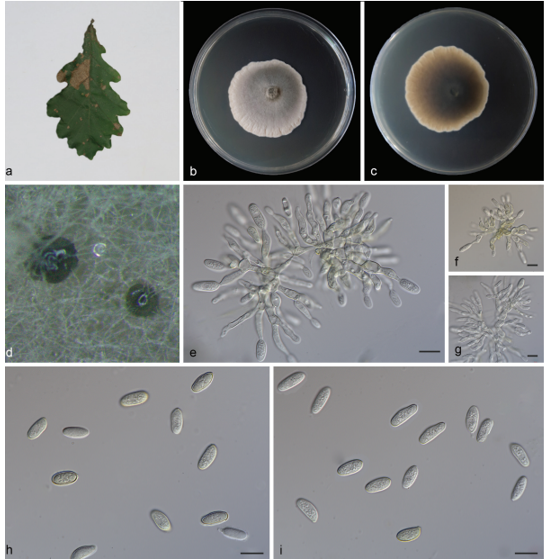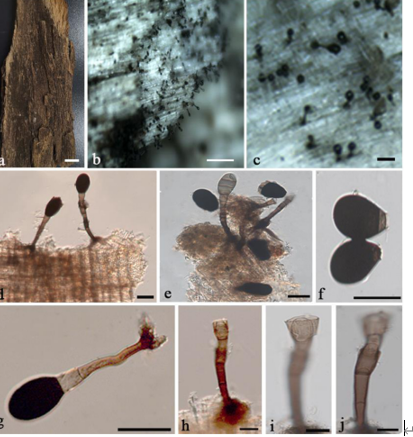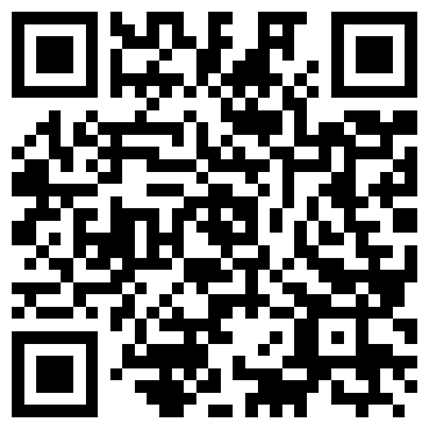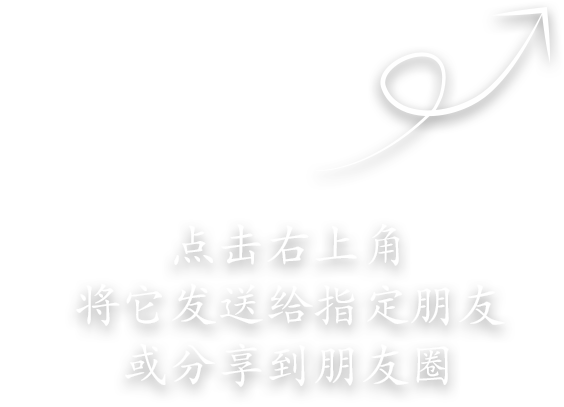Tomentella pertenuis H.S. Yuan & Y.C. Dai 2020
Index Fungorum number: IF555771; Facesoffungi number: FoF 05641
Holotype: CHINA, Liaoning Province, Xifeng County, Binglashan National Forest Park, on bark of rotten angiosperm stump, 2 August 2016, Yuan 11131 (IFP 019319, holotype); on rotten angiosperm branch, 1 August 2016, Yuan 1,045 & 11064 (IFP 019320); Qingyuan County, Experimental Station of Forest Ecology, on rotten angiosperm wood debris, 3 August 2016, Yuan 11189 & 11204.
Morphological description
Basidiocarps annual, resupinate, adherent to the substrate, mucedinoid, without odour or taste when fresh, 0.1–0.15 mm thick, continuous. Hymenophoral surface smooth, yellowish brown (5F7–8) and concolorous with subiculum when dry. Sterile margin often indeterminate, farinaceous, concolorous with hymenophore. Rhizomorphs absent. Subicular hyphae monomitic; generative hyphae clamped, thick-walled, occasionally branched, 6–7 μm diam, without encrustation, yellow in KOH, cyanophilous, inamyloid. Subhymenial hyphae clamped, slightly thick-walled, occasionally branched, 7–9 μm diam; hyphal cells more or less uniform, yellow in KOH, acyanophilous, inamyloid. Cystidia absent. Basidia 40–60 μm long and 7–10 μm diam at apex, 6–9 μm at base, with a clamp connection at base, utriform, not stalked, not sinuous, without transverse septa, yellow in KOH, yellow in distilled water, 4-sterigmate; sterigmata 5–8 μm long and 2–3 μm diam at base. Basidiospores thick-walled, (7–)7.5–8.5(–9) × (6.5–)6.7–7.9(–8.5) μm, L = 7.99 μm, W = 7.41 μm, Q = 1.06–1.11 (n = 60/2), globose, subglobse or irregularly globose in frontal and lateral views, echinulate, yellow in KOH, yellow in distilled water, cyanophilous, inamyloid; echinuli usually grouped in 2 or more, up to 1.2 μm long.
Habitat: On bark of rotten angiosperm stump.
Distribution: In China.
GenBank Accession: ITS: KY686241, KY686240; LSU: MK446408, MK446407.
Notes: Tomentella tenuis Suvi & Kõljalg is similar to T. pertenuis by having very thin and continuous basidiocarps adherent to the substrate, clamped and thick-walled subicular hyphae, the absence of cystidia, and ellipsoid to subglobose basidiospores of approximately the same size. However, T. tenuis differs by its greyish yellow basidiocarps, the presence of rhizomorphs in subiculum and margins, short and inflated subhymenial hyphae with thin-walls and bi- to trifurcate echnuli (Suvi et al. 2010). T. terrestris resembles T. pertenuis by having continuous and mucedinoid basidiocarps adherent to the substrate, a smooth hymenophore, indeterminate sterile margin, the absence of rhizomorphs, and echinulate basidiospores of approximately the same size. However, the former species is differentiated by reddish brown basidiocarps, thin-walled subhymenial hyphae and transverse septate basidia (Kõljalg 1996).
Reference: Hai‑Sheng Yuan1,2· Xu Lu1,2 · Yu‑Cheng Dai3 ·
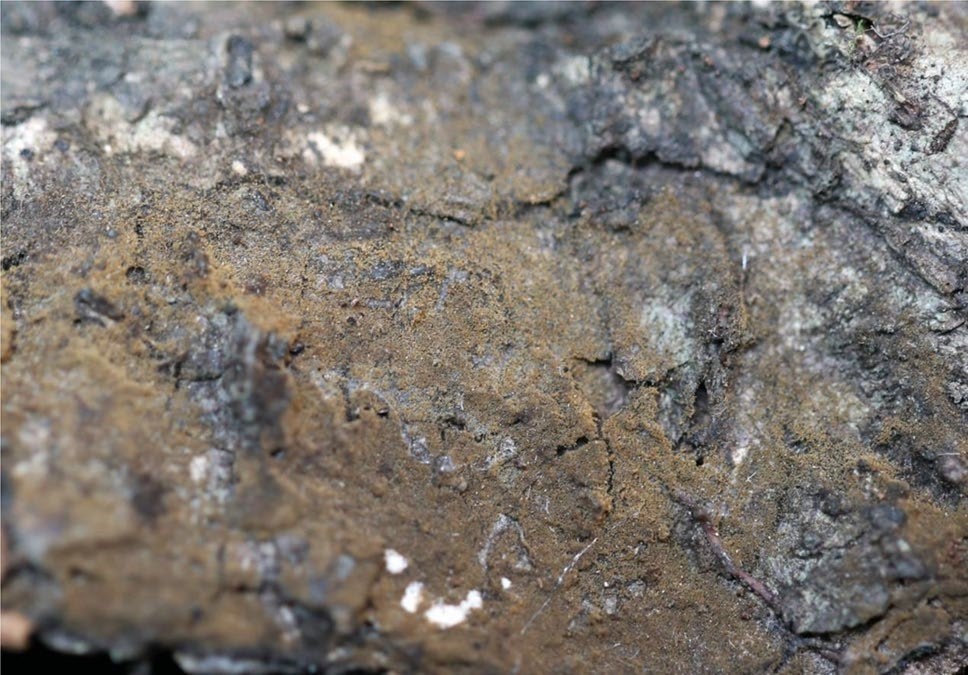
A basidiocarp of Tomentella pertenuis (IFP 019319, holotype)


